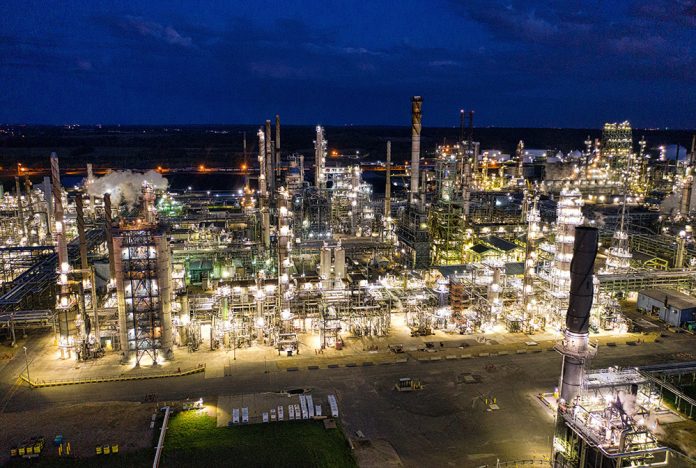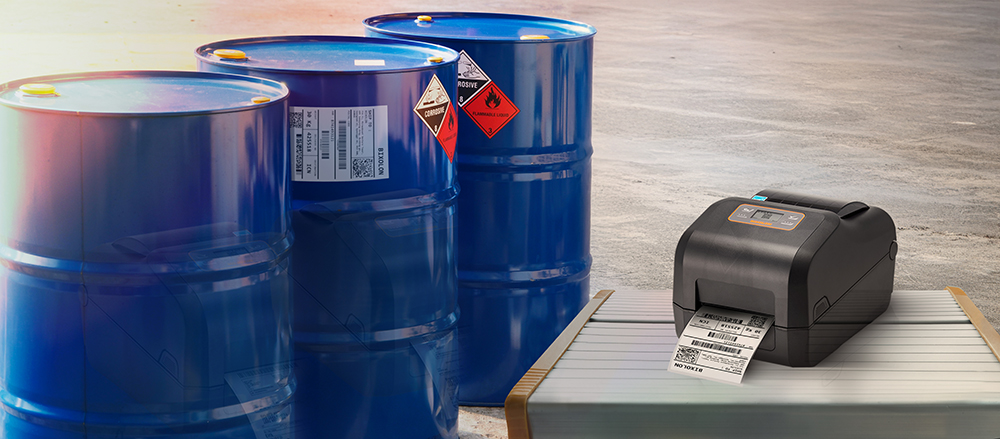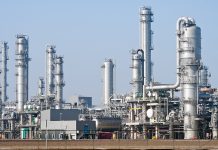Planned shutdowns are necessary for chemical plants to keep equipment in optimal condition and avoid the significant risks associated with equipment failure. However, because they come with high costs, impacts on production and safety risks, they require careful planning based on relevant data. By Aneel Bhandari, Principal Industry Consultant, EAM, Hexagon.
Prevention is better than cure
As industrial plants age, their components can become less efficient, leading to the need for costly shutdowns to repair or replace worn-out parts. For chemical plants, the risk is even greater, as an accident caused by undetected problems can result in injury, death, or environmental damage. However, a stringent but pragmatic preventive maintenance schedule can help avoid such dire consequences.
Planned downtime allows for the thorough inspection and repair of equipment, resulting in higher-quality products and fewer defects or rework processes. It also helps with inventory management, as integrated purchasing processes can anticipate future needs and order replacement parts in advance.
Furthermore, when staff members are empowered to identify and schedule corrective maintenance, the impact on production can be minimal. This proactive approach results in significant improvements in safety and a reduction in the risk to employees and contractors, ultimately leading to less downtime due to emergency repairs and orders.
4 best practices for temporary shutdowns
1. Search for the root causes of failures
One of the key outcomes of a successful plant shutdown is to reduce the likelihood of future failures. That is why it is essential to understanding the root causes of start-up issues and other problems in the plant by analysing process data.
Fortunately, this is no longer a manual task: Enterprise Asset Management software can help with root-cause analysis by collecting relevant data, generating real-time reports, and provide suggestive corrective actions.
2. Analyse asset data regularly
Predictive maintenance data plays a key role in conducting a successful shutdown. Before failure occurs, it helps identify asset defects and their severity, and suggests the best course of action: simple maintenance, immediate repair or scheduled plant shutdown.
It is therefore important to ensure that this data is available and up to date. Today, digital reality solutions that combine software, sensors and autonomous technologies exist to ensure that users have access to accurate, high-quality data. Teams can monitor these constants online in real time with sensors accurately identifying failures before they occur.
This allows maintenance personnel to schedule a shutdown and prepare in advance for an intervention, thereby extending the life of assets.
3. Pay particular attention to safety before, during, and after the shutdown
Planning for periods of non-production is essential to ensure safe end-to-end operations. Many non-routine procedures are performed during shutdowns, sometimes leading to unexpected situations for maintenance workers.
Having a safety management support module can identify and control all hazardous activities, situations and materials to protect personnel and the environment. It is important that this module takes into account health, safety and environmental (HSE) regulations to ensure process compliance throughout the temporary shutdown.
4. Use Enterprise Asset Management software to reduce costs and plan necessary investments
Enterprise asset management can help make shutdowns cost-effective, safe. Many asset management platforms provide critical functionality to ensure asset management and performance, as well as the health of the overall ecosystem.
These platforms, equipped with planning and budgeting tools, analyse the expenses associated with maintenance work, and optimize investments throughout the life of the equipment. Company-specific criteria, such as criticality or risk level, are used to prioritize assets and enable the creation of multiple scenarios to decide on the best strategy to implement. In this way, temporary shutdown is anticipated, and overall asset costs are managed and reduced.










